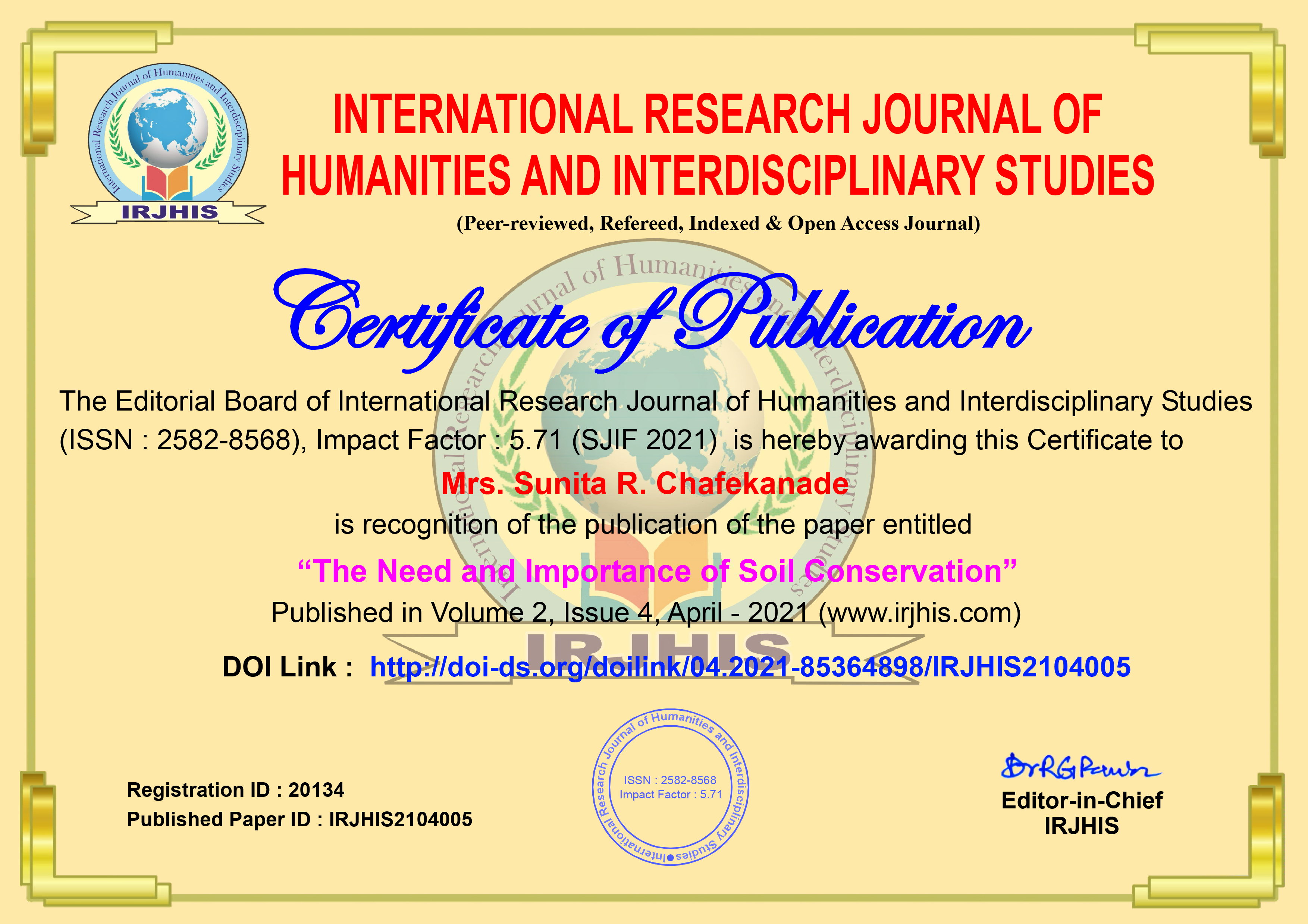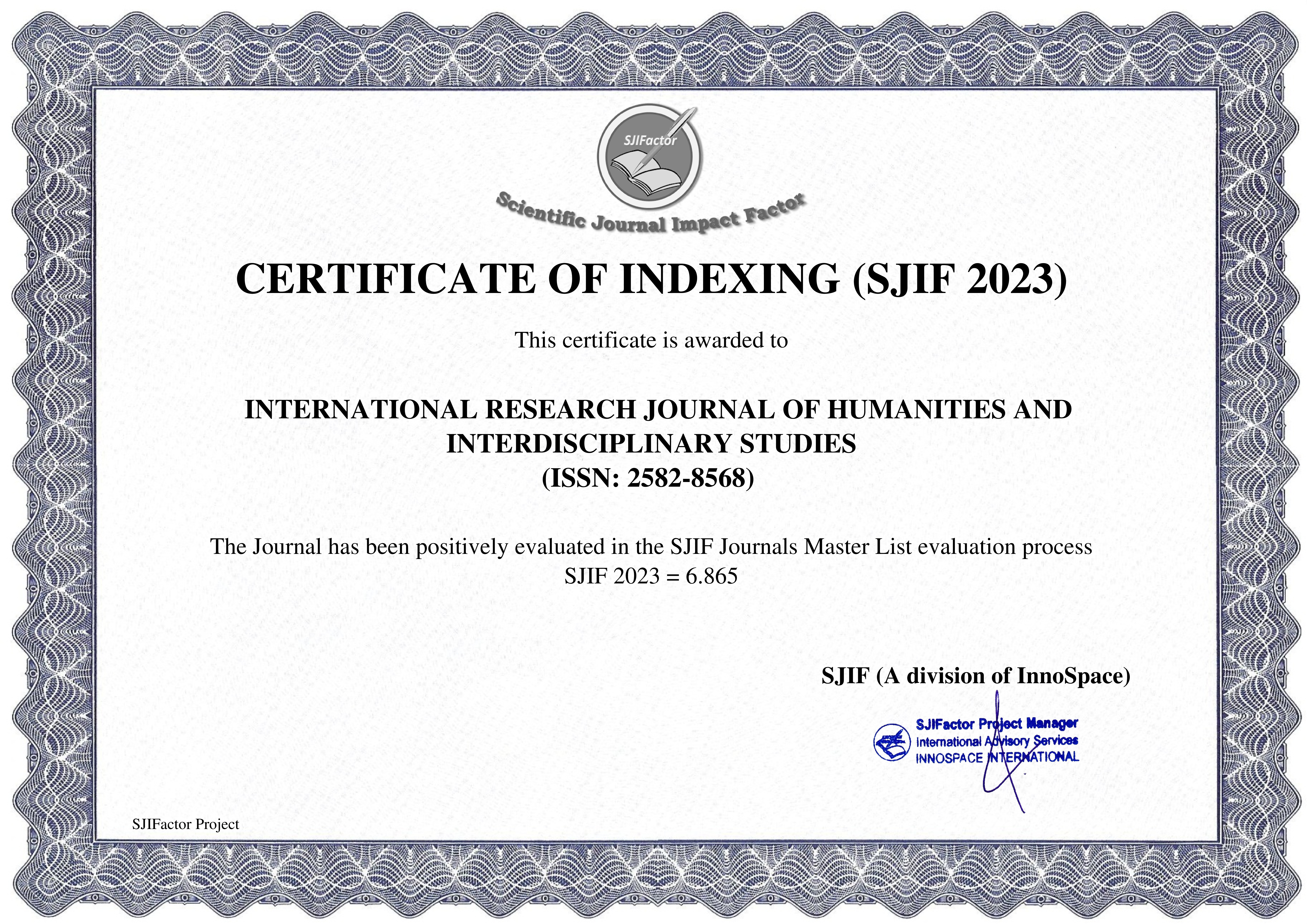Paper Details


Call For Papers
Volume 06, Issue 11
Frequency: 12 Issue per year
Paper Submission: Throughout the Month
Acceptance Notification: Within 2 days
Areas Covered: Multidisciplinary
Accepted Language: Multiple Languages
Journal Type: Online (e-Journal)
Announcement

Publish books with ISBN Number
- Edited Book
- Text Book
- Ph.D Thesis
- Conference Proceedings
ISSN Number:
2582-8568
Journal DOI No:
03.2021-11278686
Title:
India’s Act East Policy vs. China’s Belt and Road Initiative: Contrasting Strategies in the Indo-Pacific.
Authors:
Cite this Article:
,
India’s Act East Policy vs. China’s Belt and Road Initiative: Contrasting Strategies in the Indo-Pacific., International Research Journal of Humanities and Interdisciplinary Studies (www.irjhis.com), ISSN : 2582-8568, Volume: 6, Issue: 5, Year: May 2025, Page No : 294-308,
Available at : http://irjhis.com/paper/IRJHIS2505028.pdf
Abstract:
India’s Act East Policy (launched in 2014 by replacing the Look East Policy), focuses on strengthening economic, strategic, and cultural ties with Southeast Asia and beyond. It emphasizes multilateralism, infrastructure development, maritime cooperation, and people-to-people connections, reflecting India’s commitment to a free, open, and inclusive Indo-Pacific. In contrast, China’s BRI (initiated in 2013), is a global infrastructure and connectivity project aimed at enhancing trade routes and economic corridors, including the Maritime Silk Road, which aims at reviving the ancient trade routes for China’s connectivity with Europe and Africa. While it has fostered economic growth in participating countries, the BRI has also raised concerns over debt dependency, geopolitical influence, and challenges to regional sovereignty. These contrasting strategies underscore divergent visions for the Indo-Pacific. India emphasizes partnerships based on shared values, mutual respect, and sustainable development, aligning with its broader vision of a rules-based order, whereas, China seeks to expand its own economic and strategic footprint through an extensive network of investments and bilateral agreements in the ambit of multiple partners. This paper explores the differences in objectives, implementation, and implications of these initiatives, analyzing how they shape power dynamics, regional connectivity, and the geopolitical landscape of the Indo-Pacific. Further, the paper also examines technological advancements, including investments in digital infrastructure and research and development collaborations, in conjunction with the environmental and sustainability priorities integral to both strategies.
Keywords:
India, China, Indo-Pacific, geopolitics, multilateralism, sustainability.
Publication Details:
Published Paper ID: IRJHIS2505028
Registration ID: 21879
Published In: Volume: 6, Issue: 5, Year: May 2025
Page No: 294-308
ISSN Number: 2582-8568
Download Full Paper: Click Here
Article Preview:





